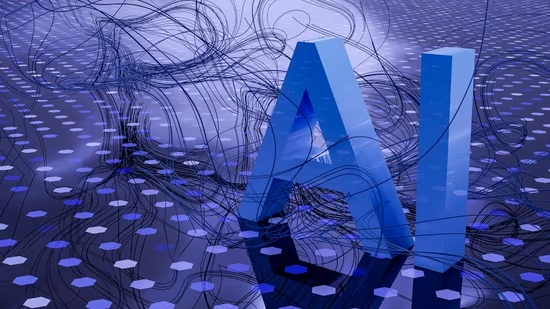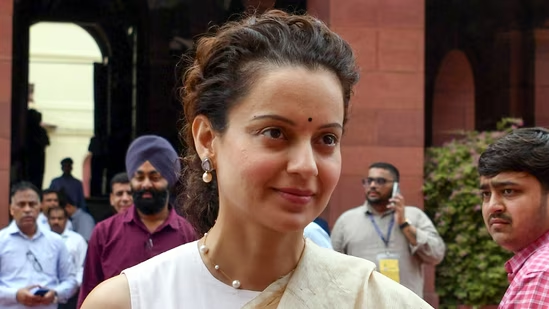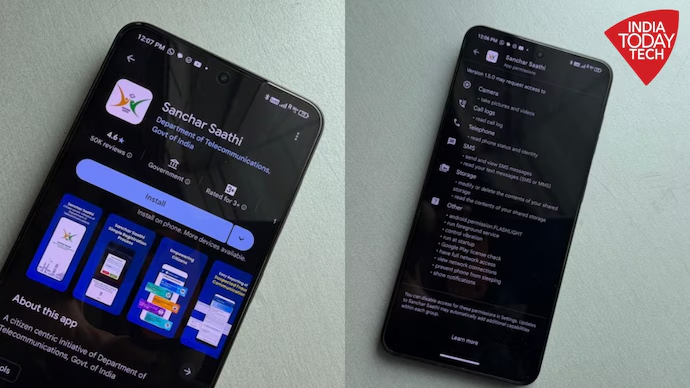Artificial Intelligence (AI) is no longer limited to engineering laboratories or coding-intensive sectors as it is transforming creative careers as well. Based on a McKinsey report issued in 2023, almost 75% of businesses in various industries will implement at least one AI tool by 2030, with design-intensive sectors such as advertising, fashion, and digital media being the leaders. For young artists, this presents an interesting question: Can learning AI tools as part of design classes actually give them a competitive advantage in their jobs? The answer is definitely yes, and here’s why.
Expanding Creative Possibilities
Historically, design students used to spend hours drawing iterations of an idea, prototyping, or creating mood boards. Now, AI-driven platforms can create dozens of excellent iterations in a couple of minutes. Software such as text-to-image models, AI-generated color palette tools, or automated 3D rendering software streamline the exploratory creative process.
This does not equate to replacing imagination but rather amplifying it. A student who can create a broad set of visual possibilities in a short amount of time can spend more time perfecting and innovating upon the most promising ideas. In a fast-paced industry where speed and originality are key, being able to test out more ideas in less time is an obvious advantage.
Creating Design More Data-Driven
Traditionally, design choices rested more on instinct, feedback sessions, and trial-and-error practices. These still hold significant value, yet AI adds a data-driven perspective. With software that monitors user behavior, designers can now support their ideas with empirical evidence.
For example, AI can monitor how users move around a site, which aspects they click on, or which color palettes are most noticed. By converting these observations into practical design enhancements, experts craft more user-focused and efficient solutions. Think of a graphic designer employing AI analysis to forecast what ad format would appeal most to a specific audience. This fusion of art and information makes their work significantly more effective.
Future-Proofing Careers
As industries evolve, the employer expectations also shift. Fashion designers leverage AI to predict trends in style and create new material patterns. Architecture companies depend on AI for intricate 3D modeling and digital fabrication. UX designers are using more AI simulations to evaluate product usability prior to release.
Those who learn AI tools throughout their academic career place themselves as future-ready professionals. They prove themselves to be adaptable, technically proficient, and able to integrate design sensitivity with innovative technology. Employers will tend to prefer candidates who are familiar with both conventional creative practices and contemporary AI-based practices.
Democratizing Design
One of the most thrilling things AI has done is to bring down barriers to entry in creative pursuits. Previously, becoming an expert in design took years of learning to draw, render, or acquire computer skills. Today, AI-equipped platforms enable newbies to rapidly turn their concepts into visual outputs.
For instance, a student with poor sketching skills can still design effective mood boards or layouts with the help of AI assistants. Text-to-image generators enable written ideas to be brought alive in a snap, inviting more diverse voices into design education and careers. This is to ensure that creativity is not hampered by technical skills but fueled by imagination and storytelling.
Challenges and the Need for Balance
Though advantageous, AI in design is not without problems. Relying too much on automated means can lead to the homogenization of ideas, where several designers work with the same algorithms and hence create similar work. Additionally, originality, the strength of good design, can be lost if AI were to be used indiscriminately.
The actual advantage is in finding balance. Designers need to employ AI to accelerate tasks and consider alternatives, but then tap into their human abilities, creativity, empathy, and understanding of context in culture to make substantial decisions. These are not things a machine can do. Students who can learn to work with AI as a partner, rather than a substitute, will become innovators, not copiers.
The New Role of a Designer
The AI era is transforming how we define the role of a designer. No longer just creators, designers are evolving into curators and strategists. They must decide which AI-generated concepts align with brand values, cultural nuances, or user expectations. In this context, design education must prepare students not only to use AI but also to critically evaluate its outputs.
By acquiring the AI tools in the course, students can step into this new role confidently. The infusion of AI into design education is not just a trend, but it’s a strategic imperative. From widening possibilities for creativity and facilitating data-driven decision-making to protecting careers against future-proofing and making access democratic, AI is transforming the creative process. But its greatest potential is in the way that students and working professionals utilize this as an innovation partner, not an imagination replacement.





























